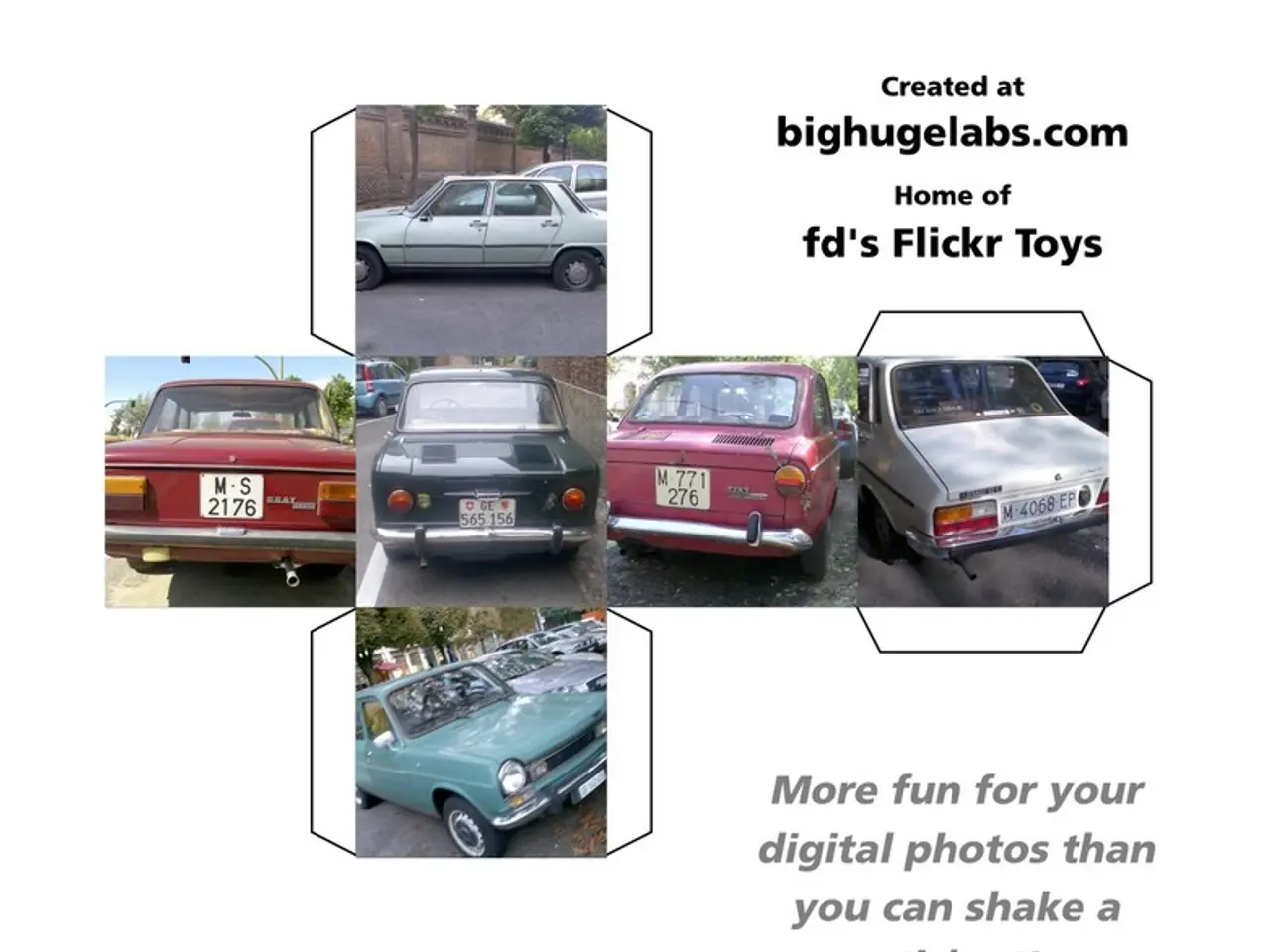EU Bolsters Raw Material Security for Electric Vehicles
The EU is set to bolster its raw material security with the EU Critical Raw Materials Act. This proposed regulation aims to strengthen supply chains, particularly for critical minerals vital to electric vehicles (EVs).
EVs require significantly more minerals than conventional cars, around 200 kg compared to 40 kg. Current investments in extraction and processing are struggling to meet this growing demand. The regulation seeks to accelerate investments within the EU and strategic partner countries to bridge this gap.
The EU is pursuing strategic partnerships with countries in Africa, Asia, and Latin America to diversify supply sources. These partnerships, part of the Global Gateway Initiative, will develop extraction and processing capacities in partner nations. The regulation will also conclude raw material partnerships with third countries to secure a steady supply.
To promote sustainability, the regulation should support Research & Innovation in circularity and material substitution. It should encourage recycling and efficient use of raw materials without imposing excessive requirements. The EU's automotive supply sector, heavily reliant on secure access to raw materials, urges the European Commission, Parliament, and Council to prioritise the adoption of this act.
The EU Critical Raw Materials Act, by strengthening supply chains and promoting circularity, will enhance the EU's resilience and security of supply. It will support the growing demand for critical minerals, particularly from the EV industry, while protecting intellectual property and avoiding duplicate circularity requirements.
Read also:
- User Data Analysis on Epic Games Store
- Rachel Reeves conducts a discussion with Scott Bessent and financial executives, focusing on investment matters
- Hyundai accelerates production plans: Introducing 7 new N models, aiming for a sales figure of 100,000 units by 2030.
- iPhone, iPad, and Mac Apple Sports App Now Offering: Customizable Widgets







